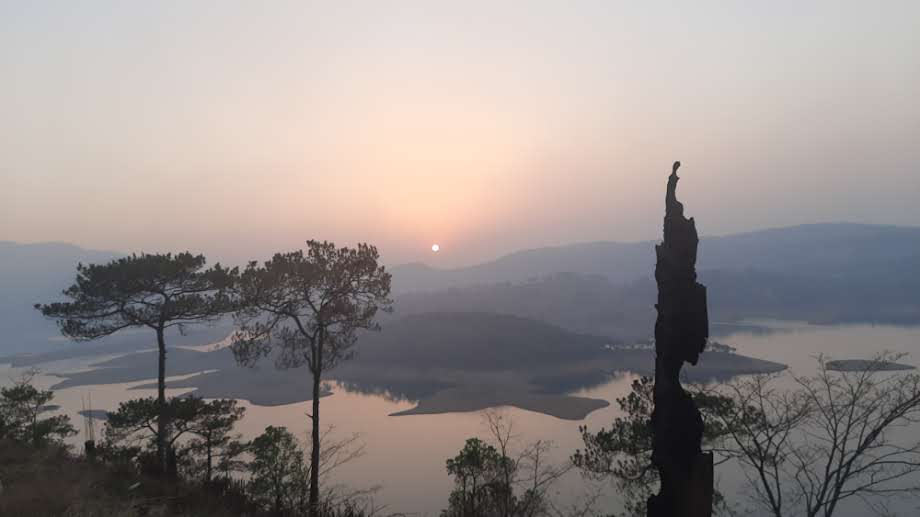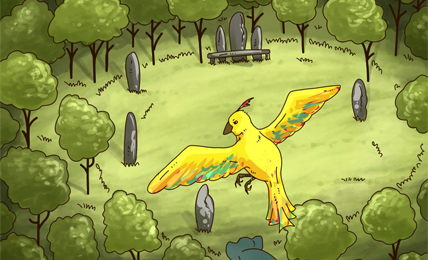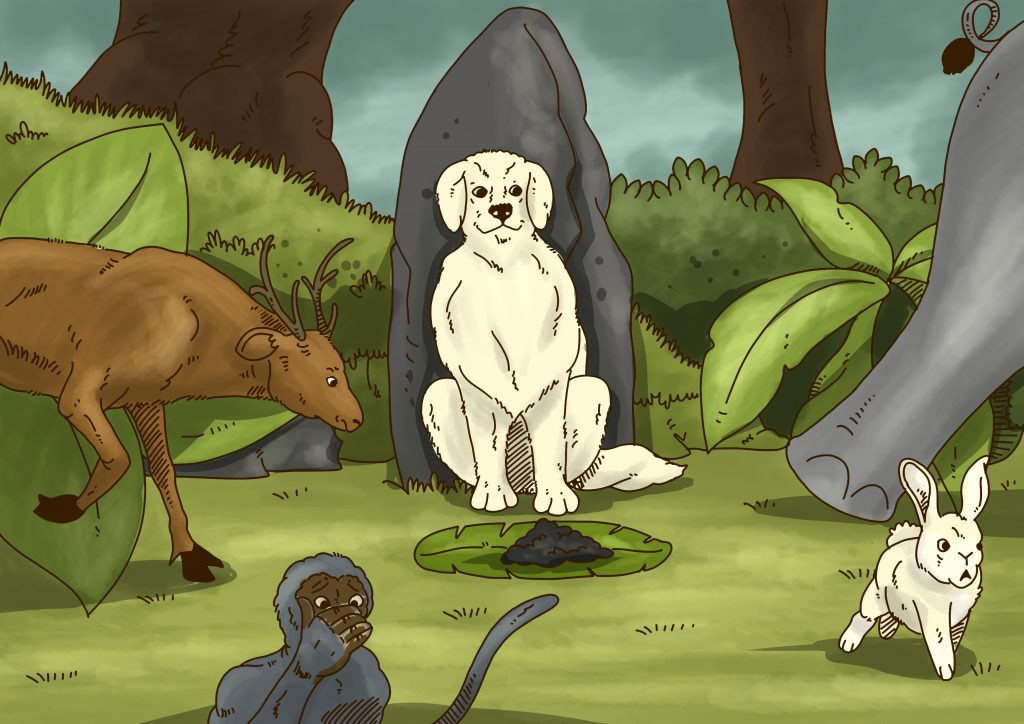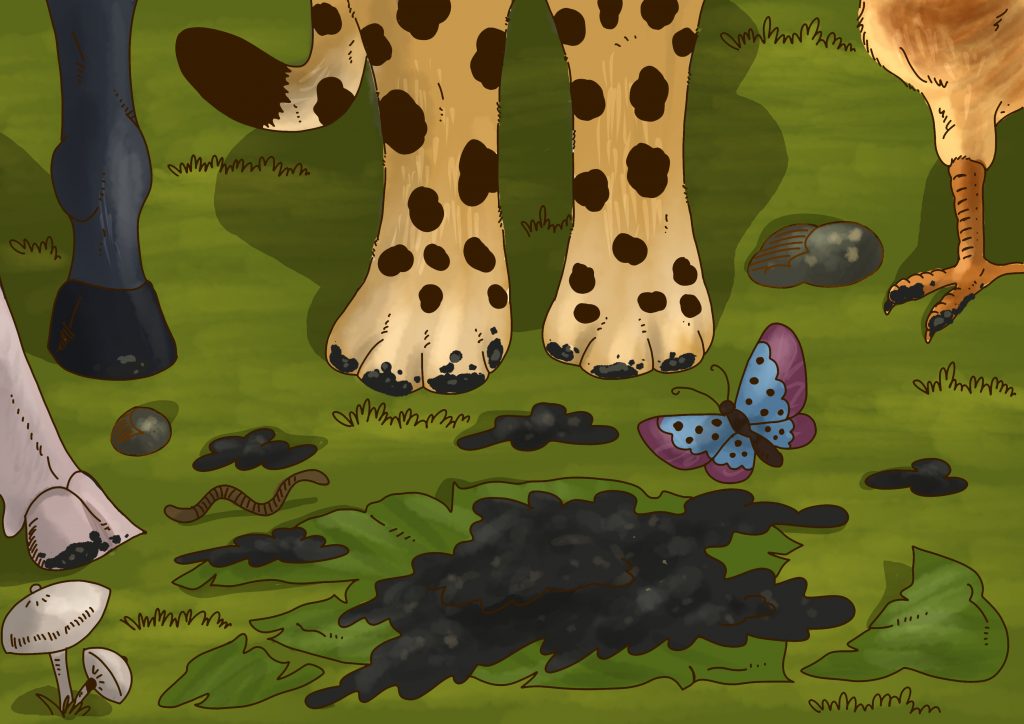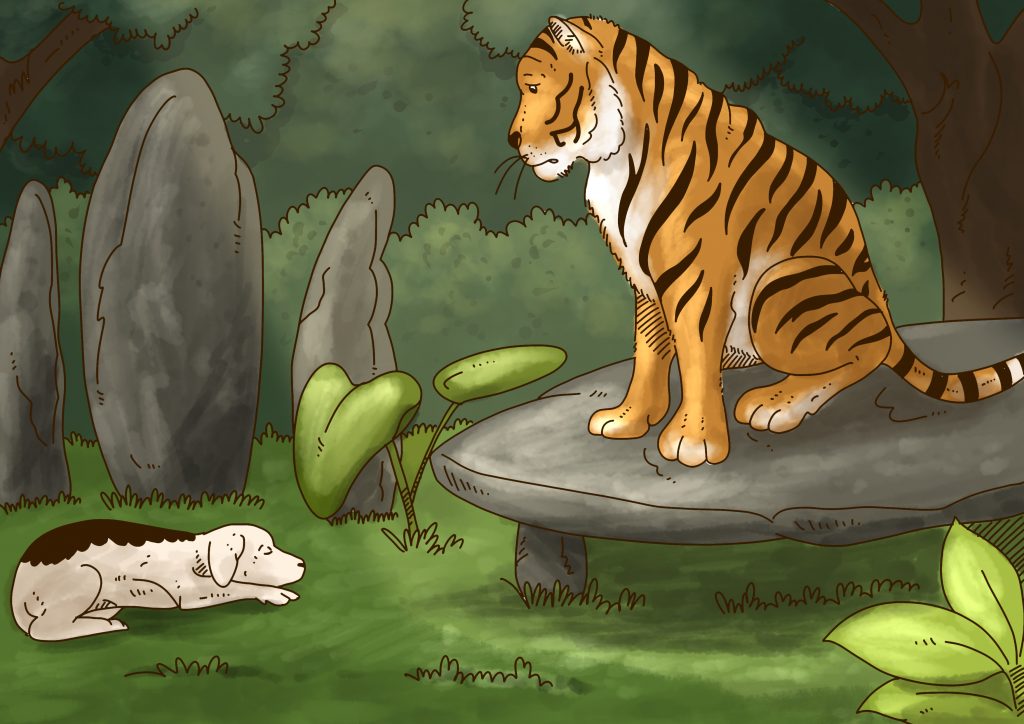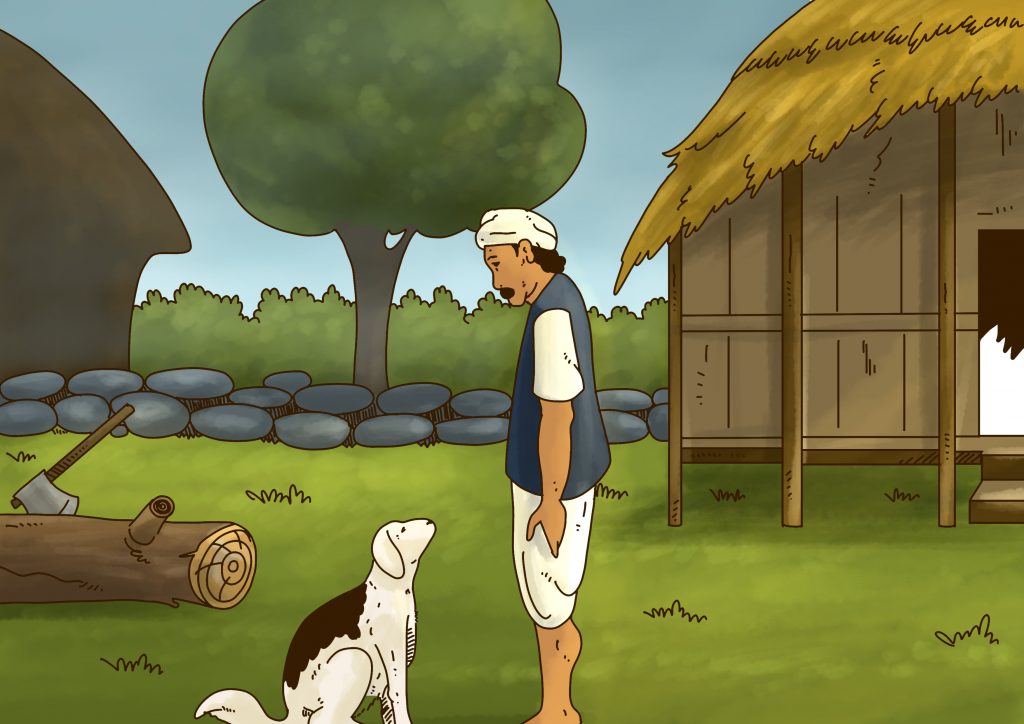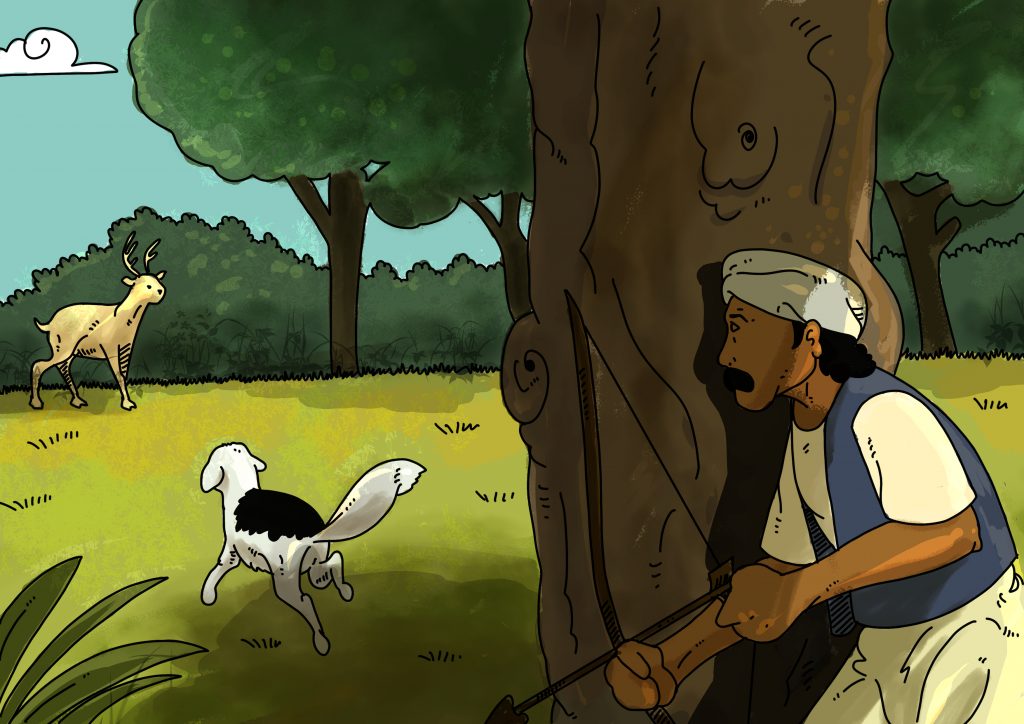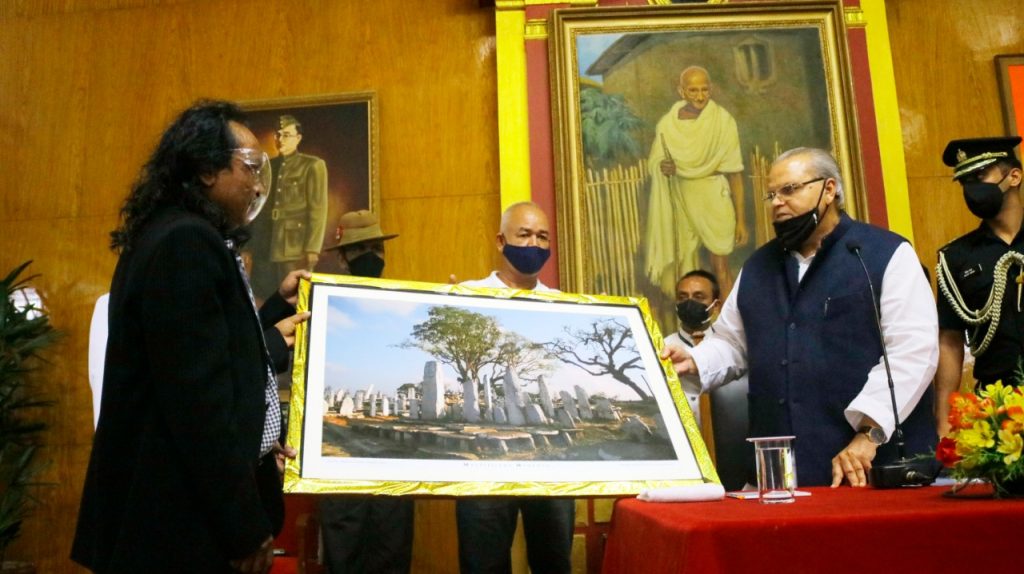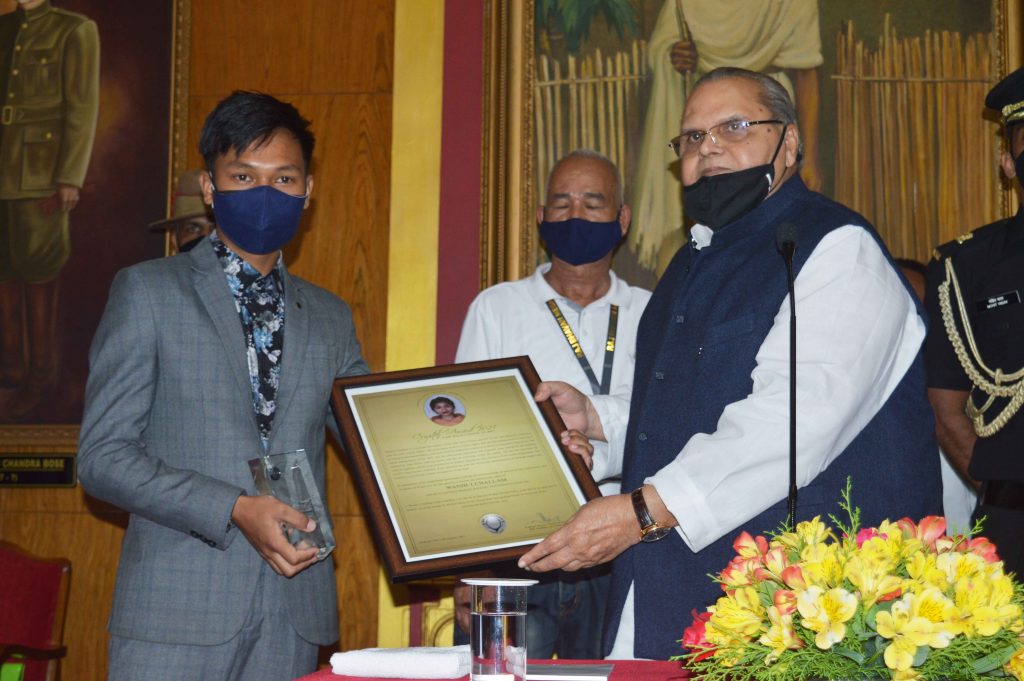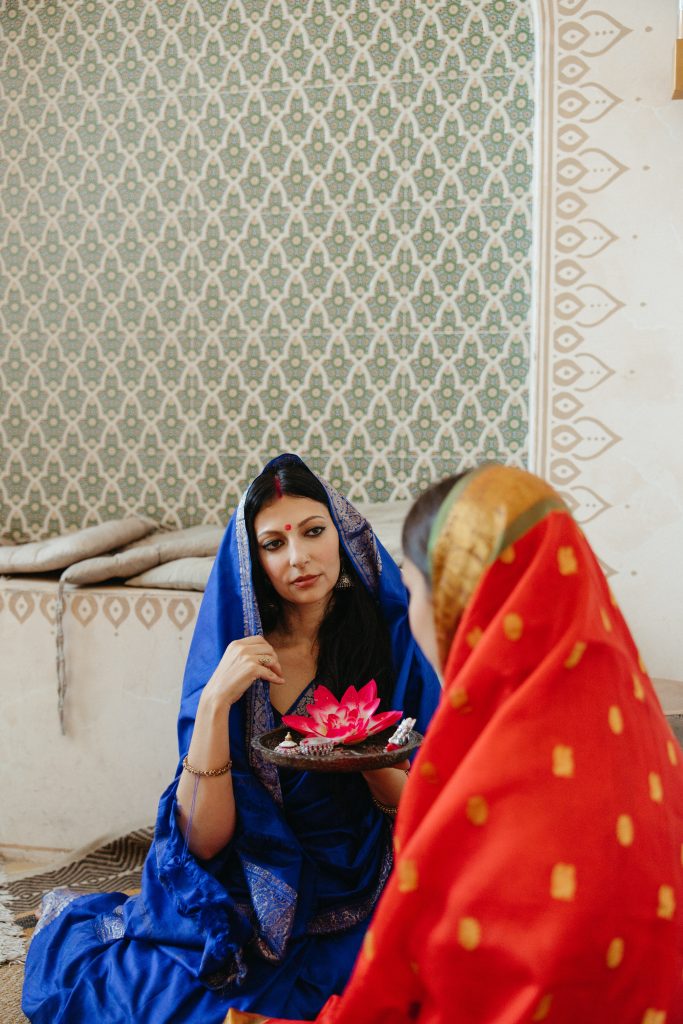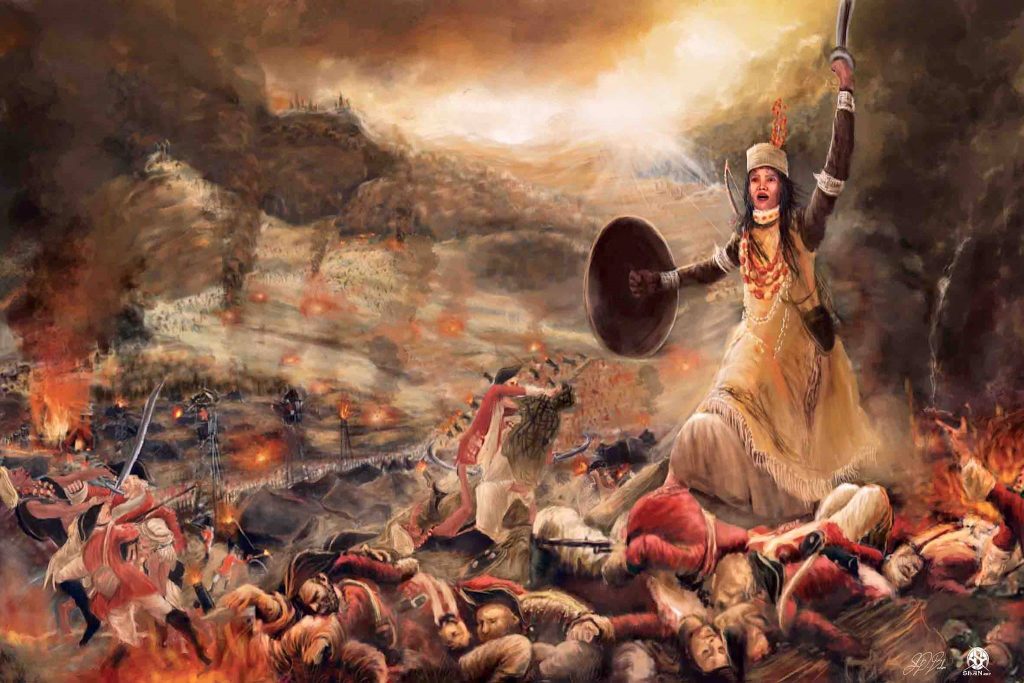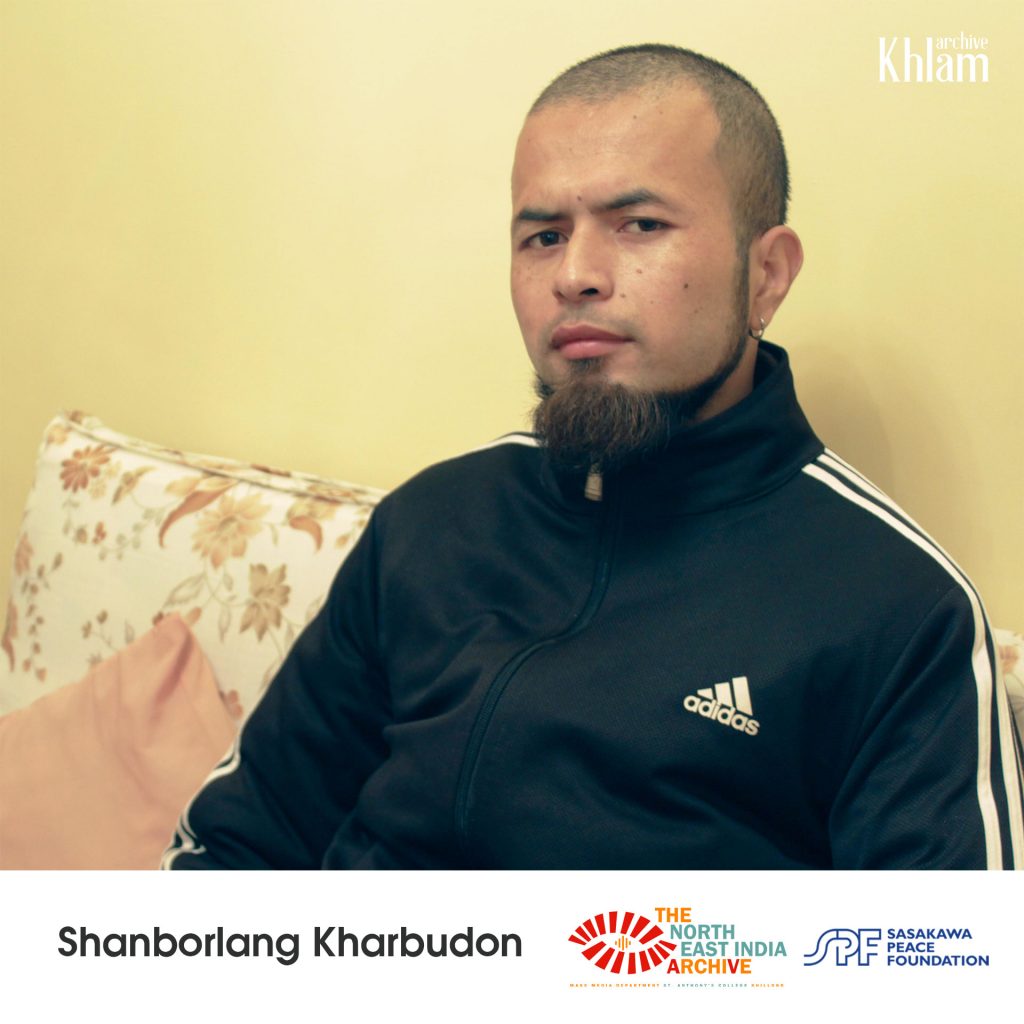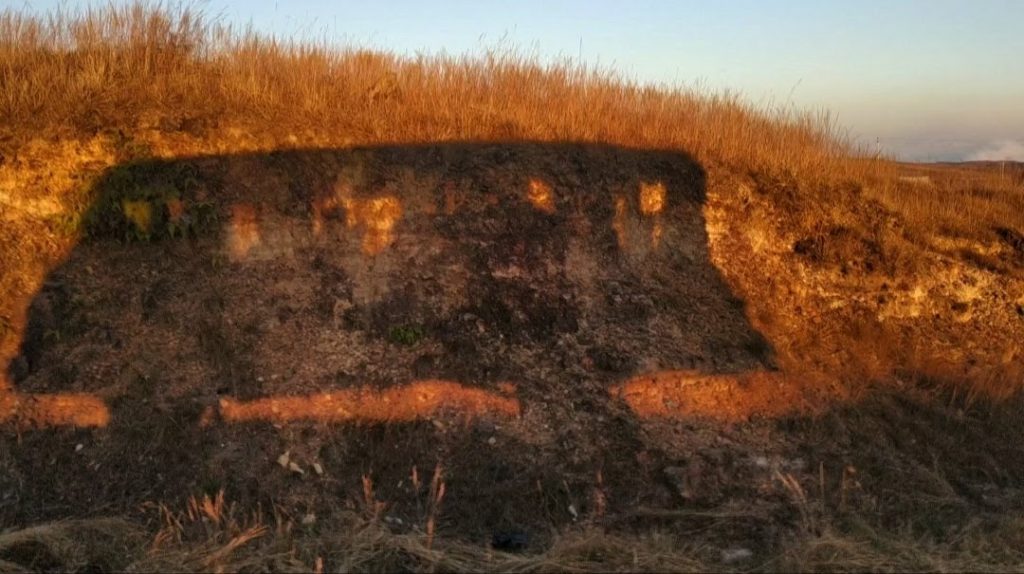
Ka lynti ka kylluid
Ka mon ka laitluid
La me kwah ban long briew
Ne me kwah ban long ksuid
The path is wide, the will is free, whether you wish to be a human, or you wish to be a demon.
Mawphlang, 27 May 2020
They were playing outside their hut, and little Daphi was dangling from her father’s arm. It had been pouring for days. The picturesque village of Madan Bitaw was gloomy beyond words, but still, the joy of a father and a daughter filled the atmosphere with an air of lightness. It rained incessantly, and the rumbling of clouds muffled some unmistakable omens. Suddenly they heard a massive thud and turned back to discover that a part of their house, was lying in the gorge below.
Beirut, 4 August 2020
Merged in himself, Zuhair was gliding his fingers through the piano. Initially, he did not notice that the clock was unusually jittery, and the small statue of Buddha on his table came to life with a sudden shudder. As the eerie movements continued for a few more seconds, he fell back on his musical mood and tried hard to ignore them. But soon, he failed not to see the curtains blowing up, and the room strewn with glasses with a bang and a dazzling light, only to be cursed to darkness right after.
If we struggle to go beyond the confines of certainty, we reach an elusive expectation of regularity. The rhythm of life that we have got used to over the years of going through the ruts, with our repetitive thoughts, actions, and even dreams, gets a jolt when something unusual happens. It happens in imperceptible forms in our daily lives, but seldom does it take the shape of the present crisis humanity has been going through. The pandemic has made us stand in front of the precipice of uncertainty. With everything slipping from our hands, we are clenching our fists against anything floating by. Is it in anger or desperation? We do not know.
Heisenberg tells us that the basis of the universe is uncertainty at the micro-level. But still, even at the cosmological scale, Nature displays perfect regularity. As if it is testifying to an oxymoron! Being the conscious centres of it, we have an immense opportunity to explore the mysteries and to find ways through the mire of incongruence – an incongruence that bewilders us.
Standing in front of the yawning chasm of death we wonder what this inchoate life means. We turn our eyes inwards, and as we go towards the centre of the revolving wheel, we start discovering a peace that permeates all our actions. We open our eyes, wondering how we missed the underlying symphony in a world full of apparent discord and in this flux of events, we learn to hold on to the stream that flows steadily through us.
Tip briew, tip blei. To understand man is to understand the Great Divinity beyond. The One who is beyond the world of sorrow and uncertainty.

